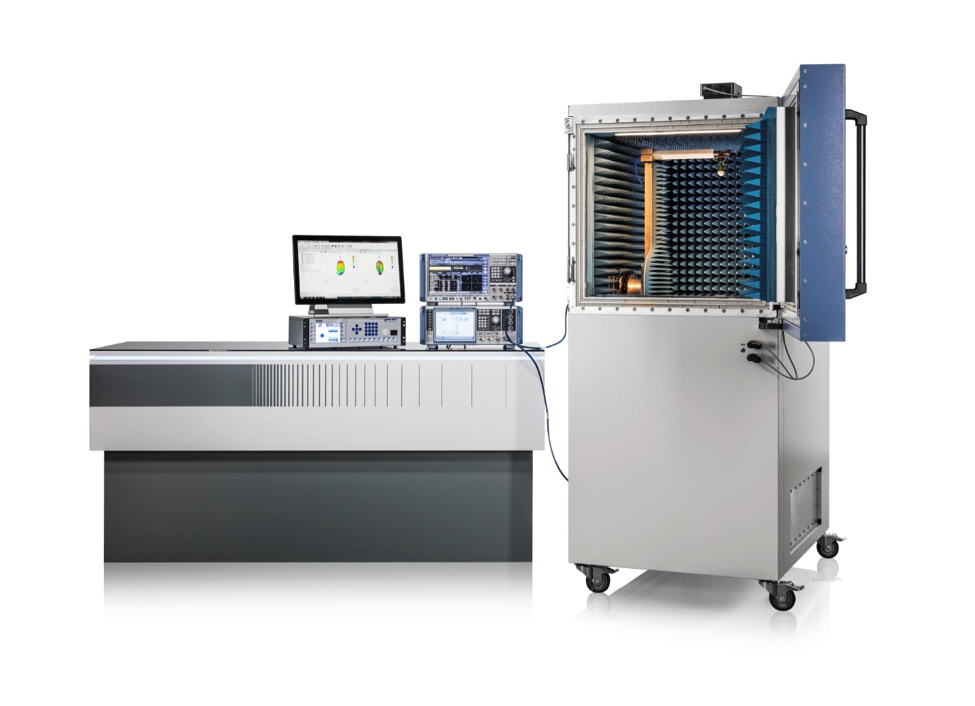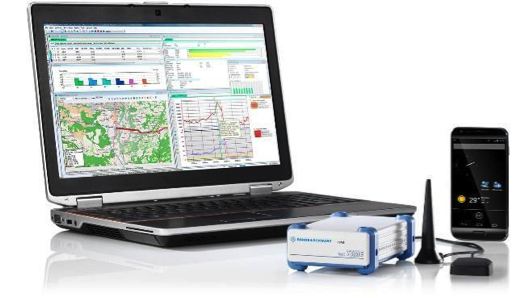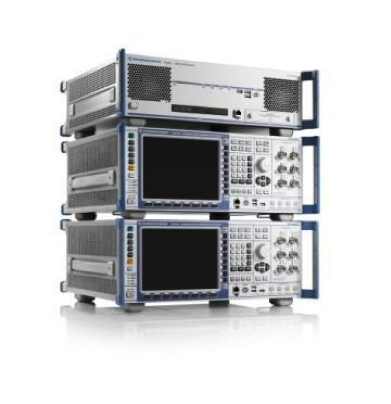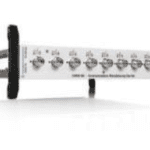The future of the internet and communications is all about speed. 5G will increase the speed and throughput of cloud connections and devices many times faster than what we see today. But it is still a work-in-progress and getting there is not an easy path. Indeed, the whole ecosystem is evolving at an astonishing rate.
The transition from LTE to 5G is more challenging than most people realize as 5G pushes the boundaries of complexity and what is technically possible. A key issue at the forefront of bringing new 5G products to market is to ensure an effective test strategy is in place, especially as designs transition from the R&D/prototype phase to manufacturing and then eventually deployed in the field. Some questions and concerns around testing 5G devices may include:
- How do I test my devices at millimeter wave given that cabled methods are lossy and expensive?
- How do I test devices with multiple antennas and more advanced MIMO configurations?
- How do I know my devices 5G signal is sufficient and in accordance with industry specifications?
- How do I know my device is meeting coverage and capacity requirements?
- What scalable test solutions exist as I add more carriers or leverage unlicensed spectrum?
At the recent Mobile World Congress America, there were some unique demonstrations of test solutions and tools from Rohde & Schwarz to facilitate the test process of 5G network development.
The R&S®ATS1000 Antenna Test Chamber provides over-the-air (OTA) test capability for 5G NR

The R&S ATS1000 test chamber is part of a turn-key over-the-air (OTA) test system available from Rohde & Schwarz.
The R&S ATS1000 is a complete antenna test chamber designed to measure the performance of 3D antennas. The built-in rotary joints and wiring inside the turntable make complete 3D measurements of the device under test (DUT) possible. It covers a frequency range from 6 GHz to 85 GHz (nominal) and 4 GHz to 87 GHz (extended) with angular resolution azimuth/elevation 0.03° and positioning repeatability azimuth/elevation 0.1°. Future 5G tests would most likely be in a far-field condition as in the case of channel power, EVM and ACLR.
The outside dimensions of the unit measures 0.90 m × 1.99 m × 1.53 m, and the inside dimensions measure 0.47 m × 1.25 m × 0.92 m. The elevation arm inside the test chamber is adjustable to achieve extended distance. Additionally, when the DUT exceeds the maximum size of the far-field condition, the R&S®AMS32 software will be able to do a near-field to far-field transformation to maintain a feasible test size enclosure.
Field deployment test solutions for 5G new radio (NR) coverage detection

This solution can also be configured to fit into a backpack or shoulder bag for easier portability.
To make 5G possible, multiple technologies, including millimeter wave and small cells, have to be deployed simultaneously to achieve the desired speed and coverage. Millimeter wave is fast but short range and is therefore potentially blocked by buildings and other solid objects. It relies on small cells to relay the signals. Therefore, it is vital to measure the signal strength to ensure coverage of 5G in every corner of the city.
The R&S®ROMES4, a universal network software platform, combines with mobile test phones, drive test scanners and a network PC, to perform a variety of functions including coverage measurements, interference identification, and QoS. It is capable of scanning both standalone (SA) and non-standalone (NSA) network architectures and display the results of analysis with visualization of all 3GPP technologies. The system can fit inside a backpack, allowing field engineers to wear these mobile units on the job.
“This field deployment tool comes in handy when you want to detect the signal strength of your 5G network. The network PC and scanner can all fit in a backpack which allows for easy transport. And with a 9-hour standby battery time, you can walk around different buildings and do measurements all on a single charge,” according to Andreas Roessler, Technology Manager of Rohde & Schwarz North America.
The R&S CMWflexx test platform provides LTE-A/Pro support and an upgrade path

R&S CMWflexx is a configurable test platform based on the R&S CMW500, and is capable of measuring up to 8CC.
Mobile technologies are evolving rapidly, so it is important to have a test platform that is flexible and can expand to meet future needs. R&S CMWflexx is a flexible test platform that supports 3GPP releases 8 through 15. Based on the CMW500 radio communications tester, two to four CMW500s can be configured together with the R&S CMW controller unit (R&S CMWC) to meet various test needs and provide existing users of stand-alone CMW500 with an upgrade path.
The 19-inch rack-mountable CMW500 is a universal test platform used in both development and production. It covers a variety of test needs including RF, signaling and conformance. It supports all key cellular and wireless standards such as 2G, 3G, LTE, LTE-A, LTE-A/Pro, IEEE 802.11, ZigBee, Z Wave and Bluetooth. Additionally the test platform supports up to 8 carrier aggregation along with 8×4 MIMO for protocol, 256QAM modulation and unlicensed spectrum (LAA).
“The R&S CMWflexx system is multifunctional, with throughput testing up to 1.2 Gbps, RF testing and supports multiple carriers in line with future 5G requirements. Additionally, it allows customers to connect up to four CMW500’s to a single controller unit to expand its testing capability,” explained Sambhav Agarwal, Application Engineer, Rohde & Schwarz North America.
R&S CMW100 for manufacturing test of sub-6GHz 5G NR devices

The R&S CMW100 radio communications tester is designed for mass production of wireless 5G NR devices
Testing devices efficiently and accurately in production is important. And having the right test tools not only increases efficiency, but also helps shorten the development cycle when transitioning products from prototyping to production. The R&S CMW100 radio communications tester is the ideal test tool for 5G NR sub-6GHz devices.
The tester covers frequencies up to 6 GHz with RF bandwidths up to 160 MHz, which is beyond the 5G NR 3GPP specification of 100 MHz. Additionally, it can also be used to test other wireless technologies including GSM, WCDMA, LTE, WLAN and Bluetooth. The CMW100 can test up to eight antennas and/or devices simultaneously. The fanless unit can be mounted either vertically or horizontally and is designed to work well in industrial environments.
The post Overcoming the Challenges of 5G Product Testing appeared first on RCR Wireless News.
